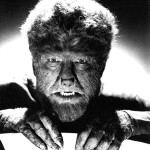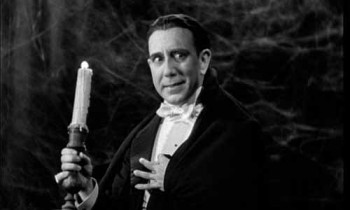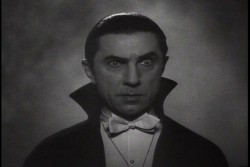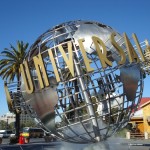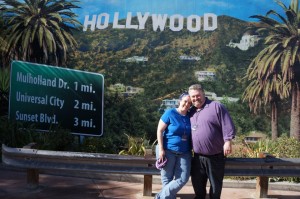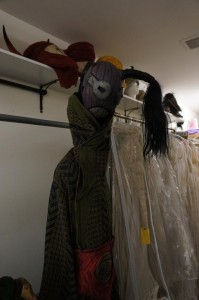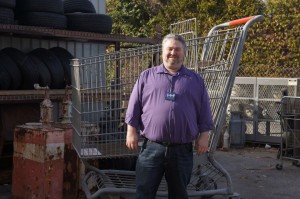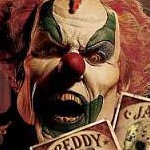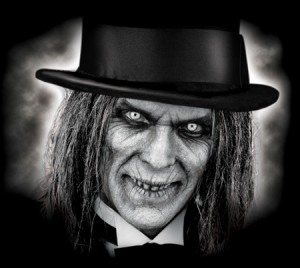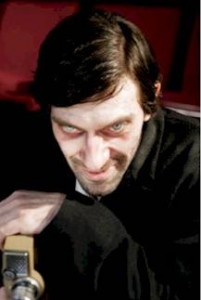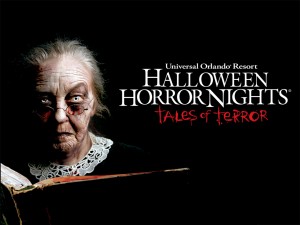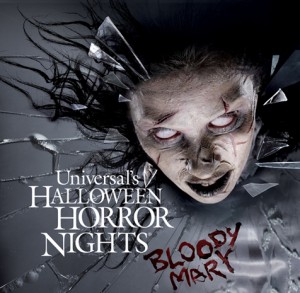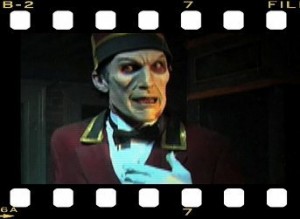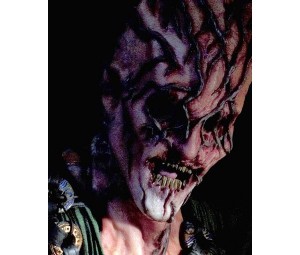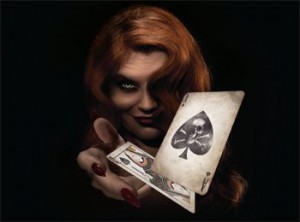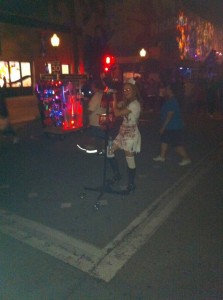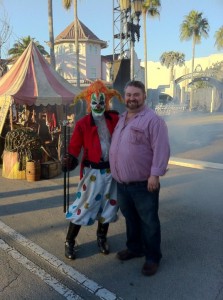The Wolf Man is a 1941 horror film from Universal Pictures. Even though it came out a decade after the releases of Dracula and Frankenstein, it stands with them as one of the all-time horror classic films and the three characters form that iconic trinity of horror icons.
The Wolf Man stands apart from the other two films in that it is not based on any pre-existing work; it is, instead, an original screen play by Curt Siodmak.
The Wolf Man was Universal’s second attempt at a werewolf movie. Six years earlier, they had produced The Werewolf of London. While that film was a moderate success, it was considered a knock-off of Dr. Jeykll and Mr Hyde, which hampered it at the box office.
As with any review of classic Universal Horror, the challenge is to try and review it separately from the pop culture it helped create.
The plot revolves around Lawrence Talbot, the son of Sir John Talbot. After the death of his older brother, Lawrence returns to the family home in Wales, after spending the last 18 years in America. Lawrence and Sir John have a slightly strained relationship, due to Lawrence being the second son, and thus not heir to the title and estate. With his brother is dead, things have changed and both men mean to make amends with one another.
Lawrence becomes smitten with Gwen, a shop girl in the local village. He convinces her to join him at a carnival being put on by a tribe of Romani (the movie uses the term gypsy through-out, but since that is often considered a slur, for the purposes of this review I am going to use the term Romani).
At the carnival Gwen’s friend Jenny is attacked by a wolf that Lawrence kills with the silver headed cane he bought earlier from Gwen’s shop. Bitten during the fight with the wolf, Lawrence comes to realize that what he fought was actually a werewolf and that he has now had the curse passed on to him.
To a modern audience, this movie is not going to seem frightening on a jump scare level, but what does stand the test of time is the mental toll the curse takes on Lawrence as he comes to accept what has happened to him, and tries to find a way to deal with it. The movie also plays with psychological horror, as most people believe that Lawrence is losing his mind and merely hallucinating that he is a werewolf.
Director George Wagner creates a suitably moody atmosphere, by 1941’s standards, including several shots that would come to be considered iconic, including several of the misty Welsh moors. He also put together an excellent cast. It is clear that Universal wanted a hit.
Naturally the movie rests squarely on the shoulders of Lon Chaney Jr. While not his first major role (having played Lennie two years earlier in Of Mice and Men) starring in The Wolf Man was significant, as he was firmly stepping into the horror genre that had made his father a star. The part calls for him to start as a jovial ladies man, but end as a character that would be at home in a Greek tragedy.
Claude Rains was already a Universal Horror star, thanks to his lead performance in The Invisible Man. As Sir John Talbot he conveys a man who hopes to mend fences with his son, only to see that hope dashed as he believes Lawrence is succumbing to madness, and later has to make a tragic choice when the grim truth is made clear. It would have been easy for this part to have been played as disapproving father, but Rains elevates it by making Sir John aloof, yet loving.
Oscar winning actress and revered Hollywood acting coach Maria Ouspenskaya plays Malva, the Romani woman whose son inadvertently passes the curse on to Lawrence. It would have been easy to have Malva be a sinister figure, but between the script and Ouspenskaya’s performance she is one of the most sympathetic characters in the movie, and the only person to truly try and help Lawrence.
Bela Lugosi appears as Malva’s son, also named Bela, whose bite infects our hero. He plays the part well, but it seems like an oddly small part for such a big name making it seem like a case of stunt casting.
Evelyn Ankers plays Gwen, the shop girl Lawrence becomes enamored with. She conveys her affection for Lawrence well and her concerns for him as his troubles mount. I find this notable, as Ankers and Chaney very famously did not get along. Despite this, they ended up starring, opposite each other, in four movies.
No review of this film would be complete without making note of the Wolf Man makeup, created by legendary makeup artist Jack Pierce. The iconic look of the Wolf Man would serve as the model for werewolves, in film, for years to come.
But the real legacy of this film is the werewolf lore it created. Almost everything we take for granted in werewolf mythology was actually created from scratch in the script by Curt Siodmak. The curse being transmitted by a bite, the vulnerability to silver, the involuntary transformation, the mark of the pentagram, and iconic poem are all creations specific for this movie. Interestingly the transformation under the full moon was not from this movie, but came in the Siodmak’s script for the sequel Frankenstein meets the Wolf Man. In fact the moon is never seen in the film at all.
The other horror trope codified in this film is the misty moors. In fact, the back drop of the moors used in the opening credits was reused by several other Universal Horror films, as it conveyed the mood so well.
Overall, I give The Wolf Man a solid B. It is a superior film for its era, and any classic horror film fan should make a point of seeing it.

